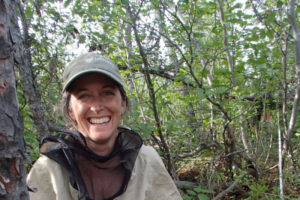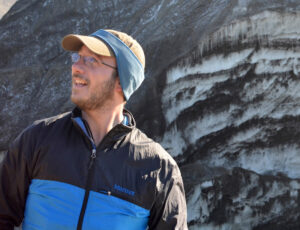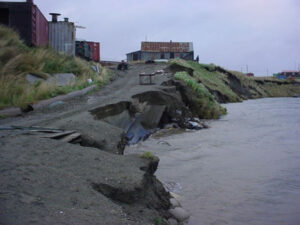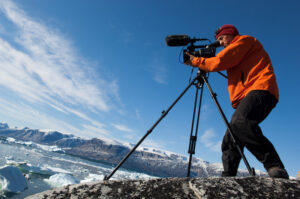In This Issue
By Amy Nelson

How fast is permafrost thawing, and how will it impact global climate? How is it impacting remote Arctic communities and regional ecology? What can we do about it? We explore these questions and more with Dr. Sue Natali of the Woods Hole Research Center’s Arctic Permafrost program. Sue is not only studying the effects of climate change on arctic ecosystems and the consequences of these changes for carbon cycling, she is actively cultivating a much-needed next generation of permafrost researchers.
Permafrost is not limited to the Northern Hemisphere. It is found in the Patagonia region of South America, New Zealand’s Southern Alps, and all of Antarctica’s exposed land, and it is thawing there, too. Though it contains less carbon than in the Arctic, Antarctic permafrost holds clues to climates dating back eight million years.

To find out what we can learn from Antarctic permafrost, and what we stand to lose as it thaws, we caught up with Geologist Joe Levy of Colgate University before he heads to Antarctica for his latest research endeavor. Communicating the reality, relevance, and urgency of a situation occurring in such remote regions of the world requires more than scientific papers. Fortunately, there are many resources available on the topic, and some creative outreach efforts underway.
In this issue, we highlight one of them: a new, immersive exhibit at the Oregon Museum of Science and Industry that allows people to experience what it is like to walk into Alaska’s Permafrost Tunnel Research Facility and see and smell 40,000-year-old permafrost.

Might the impacts of thawing permafrost present new opportunities for design? In her article, Trekking across Alaska: A new vision for a changing landscape, ecological planner/designer Jennifer Dowdell explores an intriguing concept that responds to changing market and permafrost conditions: the Trans-Alaska Trail. In her article Boreal Sounds, senior engineer Erin English introduces us to an artist whose music transports us to the landscapes and communities of the Far North. Seattle-based Boreal Taiga invites us to experience the north in a new way by forging aural connections to place, opening the door for a deeper understanding of the impact of climate change on remote regions.

Leaf Litter’s Non-Profit Spotlight shines on the Alaska Institute For Justice, an organization dedicated to the rights of all Alaskans-including those living in communities where relocation is the only viable long-term climate adaptation strategy. They are currently working with Alaska Native communities on the front lines of climate change to build a framework for relocation governance that will ensure the protection of human rights. Water resources engineer Meghan Gloyd reviews the 2012 film Chasing Ice. This documentary tells the compelling story of environmental photographer James Balog’s efforts to capture a multi-year photographic record of melting Arctic ice. In Biohabitats Projects, Places, and People, we invite you to meet the newest members of our team, learn what we’ve been up to, and find out where we’re headed in the coming weeks.
As always, we want to know what you think. Contact our editor to share your thoughts, reactions, or suggestions for future issues of Leaf Litter.
